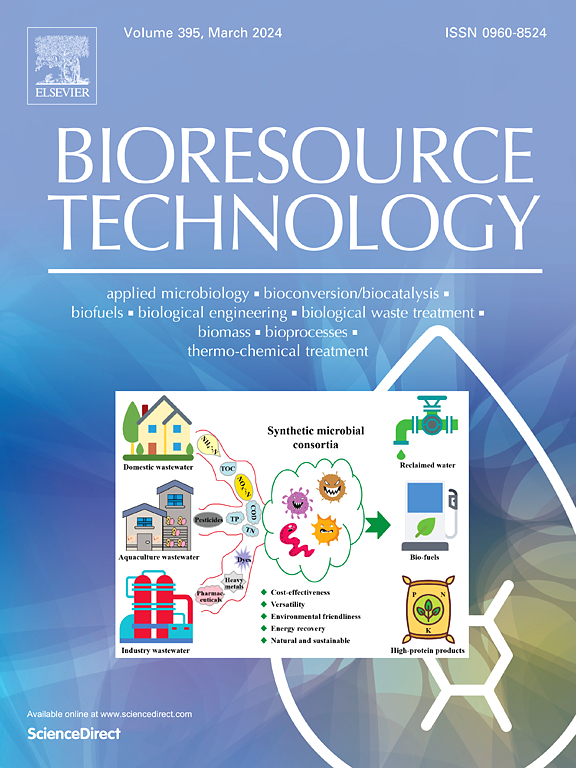Similarity and difference of biochar and hydrochar from leaves, bark, and wood of the same sycamore tree
IF 9.7
1区 环境科学与生态学
Q1 AGRICULTURAL ENGINEERING
引用次数: 0
Abstract
Distinct reaction network in pyrolysis and hydrothermal carbonization (HTC) forms biochar/hydrochar of varied nature, which was investigated herein by pyrolysis and HTC of leaves, bark, and wood of same sycamore tree at 500 and 240 °C, respectively. The results showed that dominant cracking/gasification in pyrolysis formed biochar with yields of 30–50 % lowered than that of hydrochar formed via main polymerization in HTC. HTC led to leaching of inorganics, forming hydrochar from leaves or bark with ash content half of that biochar or from wood with negligible ash, making hydrochar suitable as solid fuel. More ![]() C
C![]() H,
H, ![]() C
C![]() O and olefinic C
O and olefinic C![]() C but not aromatic C
C but not aromatic C![]() C in hydrochars resulted in their lower thermal stability but superior capability for adsorption of Cr6+. The HTC showed lower environmental impact than pyrolysis, while release of N- and P-containing pollutants from HTC/pyrolysis of leaves showed more negative influence on environment than that from conversion of wood/bark.
C in hydrochars resulted in their lower thermal stability but superior capability for adsorption of Cr6+. The HTC showed lower environmental impact than pyrolysis, while release of N- and P-containing pollutants from HTC/pyrolysis of leaves showed more negative influence on environment than that from conversion of wood/bark.
从同一棵梧桐树的叶子、树皮和木材中提取生物炭和氢炭的异同
不同的反应网络在热解和水热炭化(HTC)中形成不同性质的生物炭/氢炭,本文通过对同一棵梧桐树的叶子、树皮和木材分别在500℃和240℃下热解和水热炭化(HTC)来研究。结果表明,热解过程中以裂化/气化为主形成的生物炭产率比以HTC为主聚合形成的生物炭产率低30 - 50%。HTC导致无机物的浸出,从含有生物炭一半灰分的叶子或树皮或从含有可忽略不计的灰分的木材中形成碳氢化合物,使碳氢化合物适合作为固体燃料。烃类中CH、CO和烯烃CC较多,芳烃CC较少,导致烃类的热稳定性较低,但对Cr6+的吸附能力较好。HTC/热解对环境的影响小于热解,而叶片HTC/热解释放的含N、p污染物对环境的负面影响大于木材/树皮转化。
本文章由计算机程序翻译,如有差异,请以英文原文为准。
求助全文
约1分钟内获得全文
求助全文
来源期刊

Bioresource Technology
工程技术-能源与燃料
CiteScore
20.80
自引率
19.30%
发文量
2013
审稿时长
12 days
期刊介绍:
Bioresource Technology publishes original articles, review articles, case studies, and short communications covering the fundamentals, applications, and management of bioresource technology. The journal seeks to advance and disseminate knowledge across various areas related to biomass, biological waste treatment, bioenergy, biotransformations, bioresource systems analysis, and associated conversion or production technologies.
Topics include:
• Biofuels: liquid and gaseous biofuels production, modeling and economics
• Bioprocesses and bioproducts: biocatalysis and fermentations
• Biomass and feedstocks utilization: bioconversion of agro-industrial residues
• Environmental protection: biological waste treatment
• Thermochemical conversion of biomass: combustion, pyrolysis, gasification, catalysis.
 求助内容:
求助内容: 应助结果提醒方式:
应助结果提醒方式:


